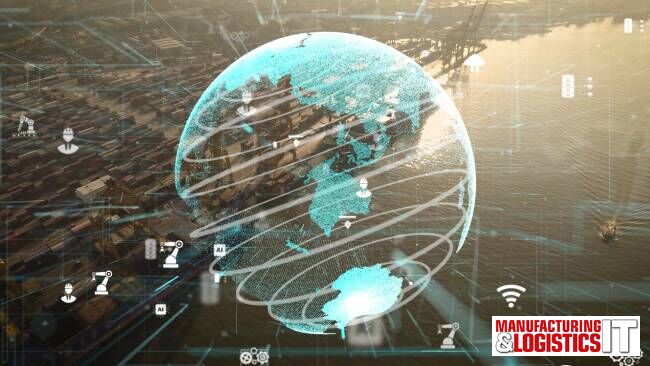What impact would an East Coast port strike have, given that the union leadership has said to prepare for a possible one next year?
The range of goods imported through the East Coast is quite diverse, including automotive parts, pharmaceuticals, apparel, computers, industrial supplies and more.
The East Coast also has some of the country’s largest metropolitan areas and major ports, such as New York/New Jersey, Miami, Houston, Baltimore and many others.
With 2024 still expected to be a relatively slow market, the chaos this would create is less than what it would have been if a strike were on the table a year ago. Shippers and BCOs will need to take into account the potential long lead times as they chart out their risk and supply chain network in 2024.
How can importers/shippers prepare for a possible strike ahead of time?
Communicating and collaborating with suppliers, partners and customers is critical. Shippers must have up-to-date, pressure-tested continuity plans, as well as systems in place for mass communication and process management.
As part of this exercise, mapping out where your raw material products are sourced, where finished goods are being shipped to, the routing locations and estimated exposure to disruption is key to understanding the breadth of your continuity plans.
To start, supply chain visibility and management tools can help businesses evaluate their exposure by answering questions about how much critical product is coming via ocean and determine how they can adjust delivery schedules and routes should they need to leverage alternative shipping lanes or modes.
What should we expect if a strike gets near? Will there be more expected diversions of goods ahead?
In the past two years, we’ve seen East Coast ports steal import volume from West Coast ports as shippers looked to avoid backlogs and delays. While volume is likely to shift back West over time, the threat of labor strikes might accelerate the reversion to historical norms.
With the Presidential election being a major event in 2024, we will see more potential disruptions in the news, which will wreak havoc on supply chain planning teams, CFOs and risk management teams as they try to figure out what’s real vs. noise.


